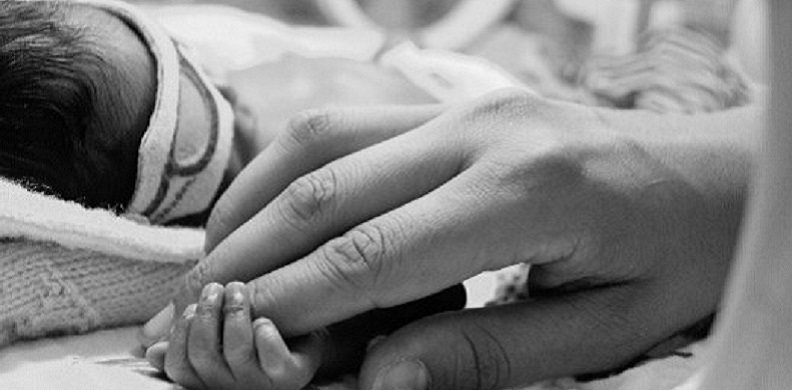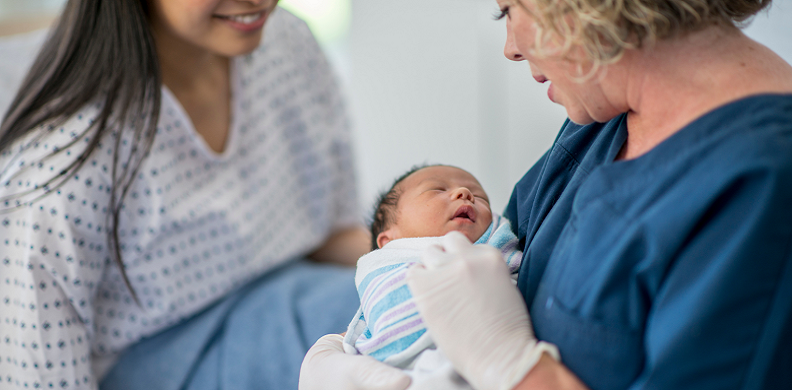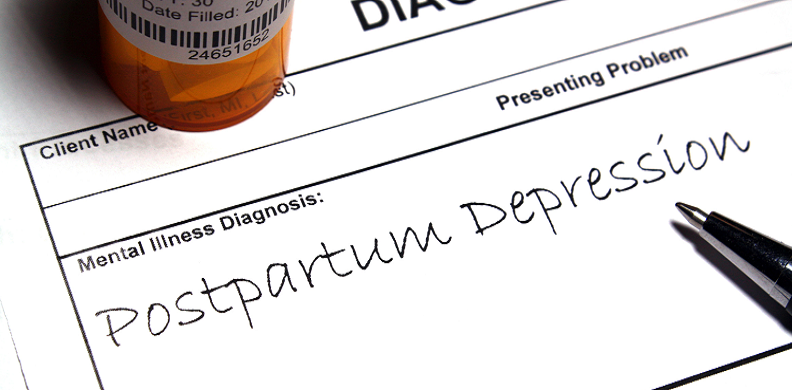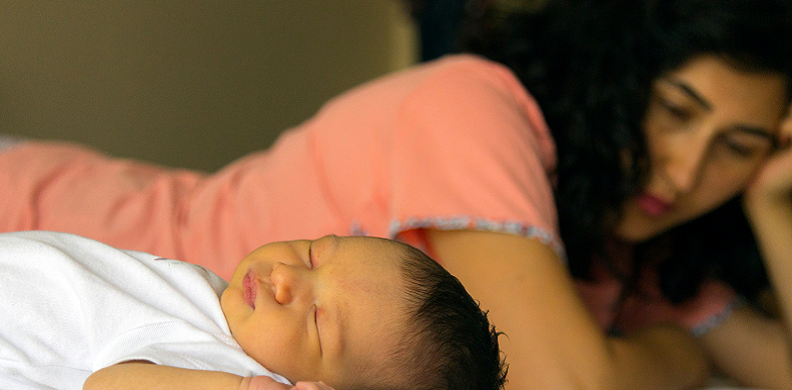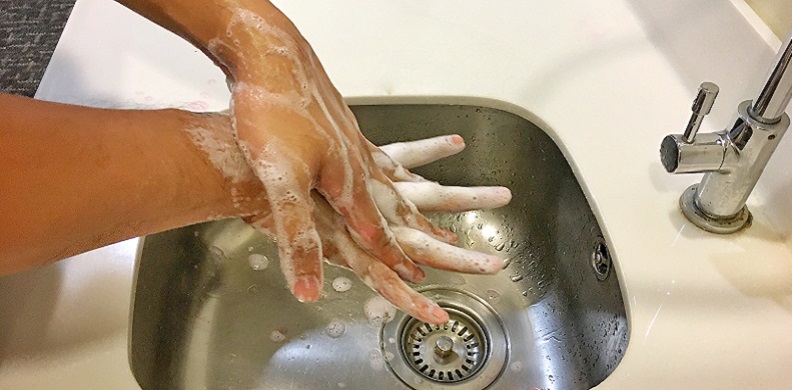
Setting Up Your Unmet Social Needs Programs for 2023
In April 2022, CMS proposed three (3) new social determinants of health measures that will go into effect in January 2023. Identifying unmet social needs will not only be a hospital priority but a community priority and a patient priority as well.
Posted under: Maternal Health, Quality of Care, Social Determinants of Health/Disparities
Maternal health takes center stage within these new CMS recommendations. I encourage you to review the proposed policies and get to know them. They are coming to a hospital near you in 2023.
In April 2022, CMS proposed three (3) new social determinants of health measures that will go into effect in January 2023. Identifying unmet social needs is a critical component of inpatient care, but it goes beyond that. Identifying unmet social needs will not only be a hospital priority but a community priority and a patient priority as well.

One of the CMS pillars within this new Health Equity Measure is for hospitals to attest that Health Equity is a strategic priority. Many of us in population health and data science focus in on the racial and ethnic disparities within maternal health, as we should. The disparities found that impact Black and African American women are wholly unacceptable, and efforts must be made to achieve birth outcome equity.
Health disparities as a concept must embrace the multitudes of inequity that exist within healthcare today. And many of those exist due to implicit bias that wanders its way, whether intentionally or unintentionally, into patient care.
Think about the patients that you come into contact with in maternal care. When you admit a patient, and you begin asking personal questions, how do you think patients feel? How would you feel? Now, imagine you have significant unmet social needs, and are being asked probing questions…
Now think about being asked questions about your home situation. Are you homeless? Do you have reliable transportation? Or the last time you missed a utility bill? Or missed a day’s worth of meals because you couldn’t afford food? Or if you feel safe at home? Or if you have a disability you would like to disclose?
Do you think women, do you think patients, feel comfortable answering these questions? Do you think there is fear of disclosing a need such as homelessness with a new baby? Or food insecurity?
Kristin Tully and colleagues at the University of North Carolina Chapel-Hill published an outstanding paper, Screening and Referral for Social Determinants of Health: Maternity Patient and Health Care Team Perspectives, that every healthcare team member should read. I’ll offer a few key takeaways:
- Patients that participated in interviews wanted to know how their data would be used, how it would be stored, and who would see it. Do you and our care teams have answers to those questions?
- Could those same disclosures create situations whereby a parent was considered “unfit” based on answers to those questions?
- Have you included your Patient Advisory Teams on your Health Equity Strategic Plan? Have you included patient advocates on developing your unmet social needs strategy? If not, you have missed a critical partner in the development of your program.
One of the requirements of the new CMS Health Equity Measure is that hospitals are partnering with community organizations to better support patients and their families for unmet social needs. If you have not yet partnered with your community organizations, or have established a plan to do so, you are falling far behind. These community organizations can be outstanding sources of truth and experience in providing support to patients and families. Perinatal Quality Collaboratives are excellent resources for gathering information on key patient advocates and community resources.
NPIC is committed to supporting hospitals across the United States in creating and launching their Health Equity Strategic Plan. If you are seeking a way forward, NPIC can help. Feel free to reach out to Elizabeth.Rochin@npic.org, or inquiry@npic.org.
